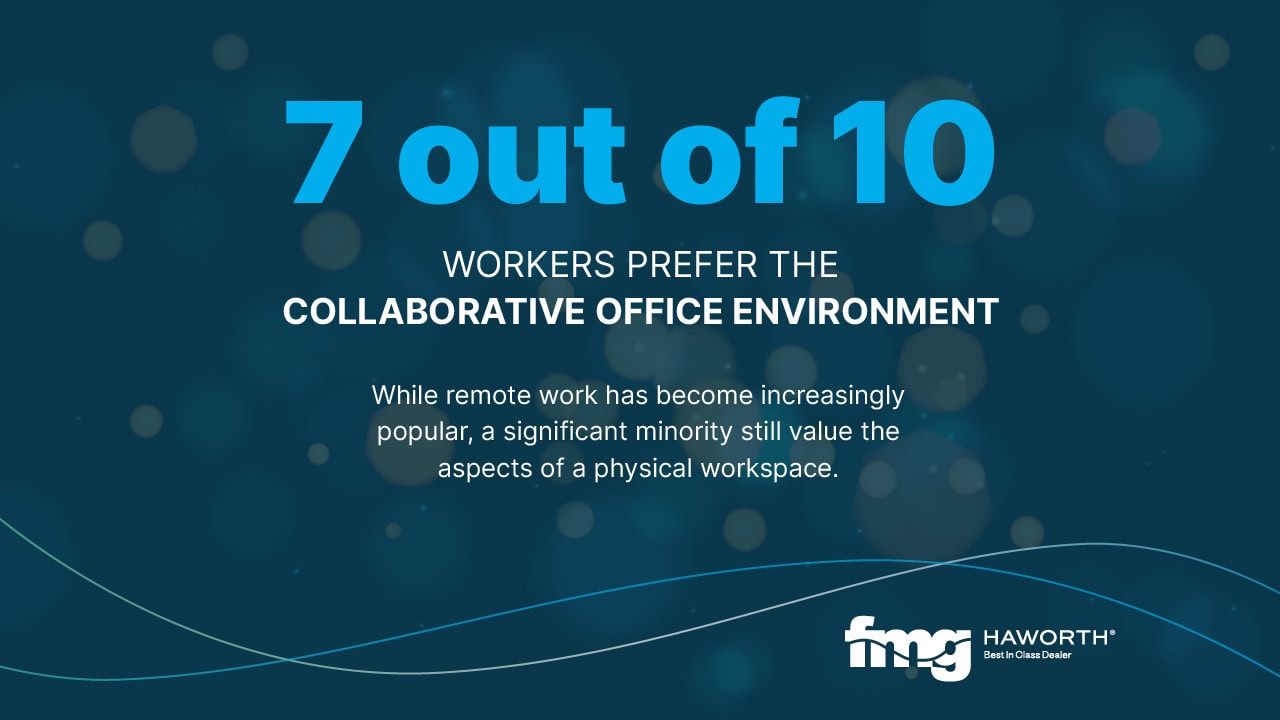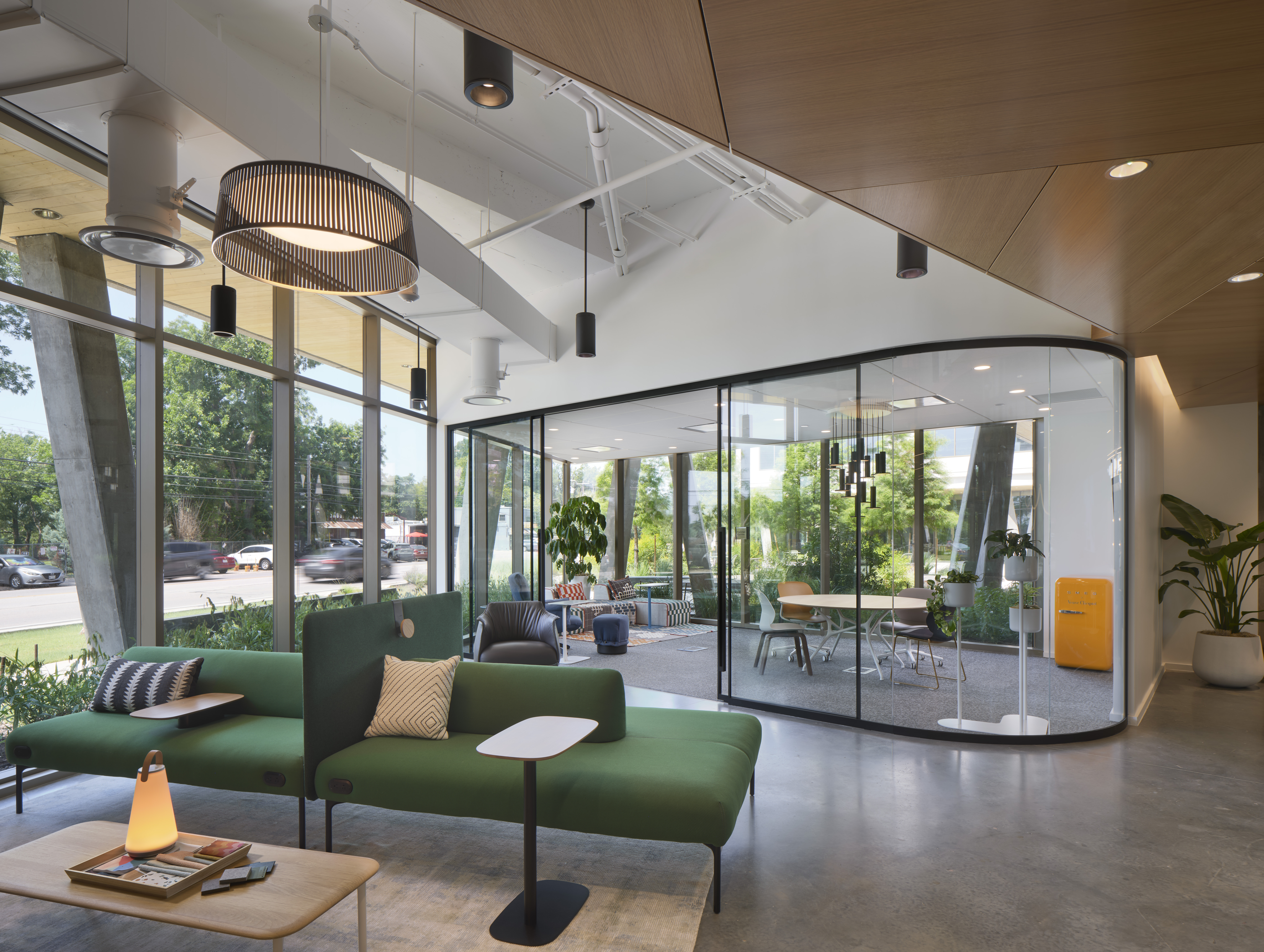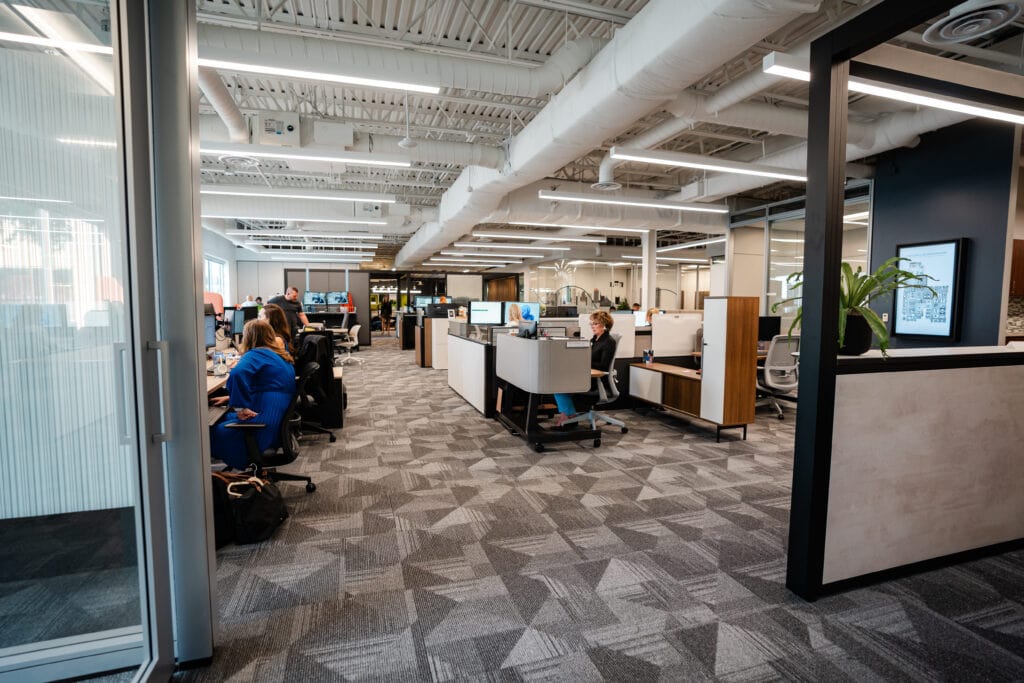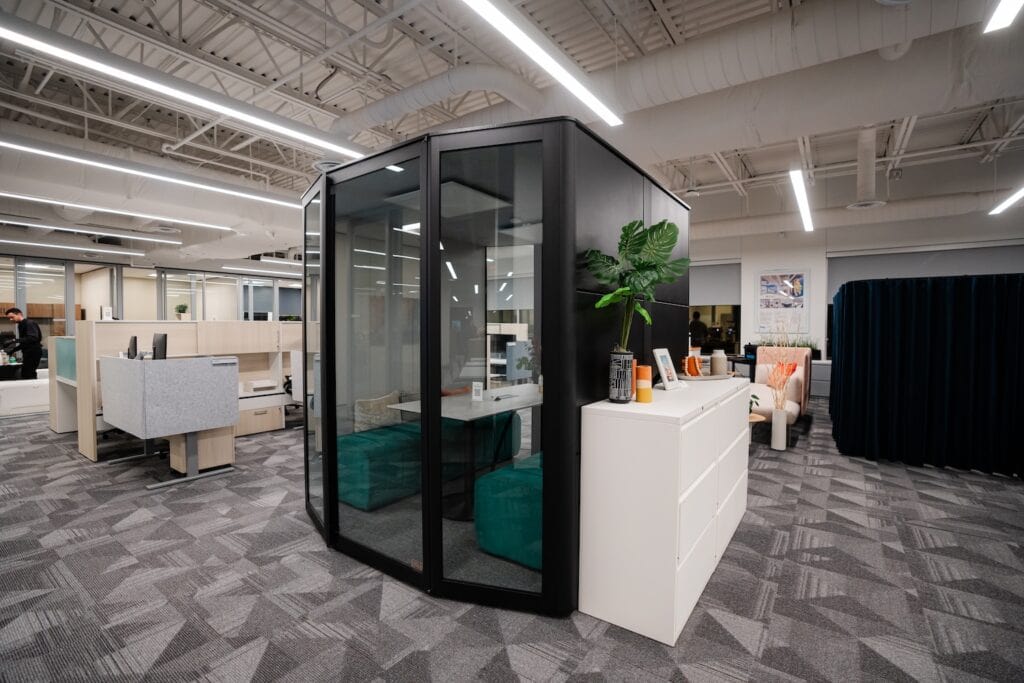As the world gradually transitions back to traditional work environments, the return to office concept is not just about physical relocation but about reimagining the workspace as a catalyst for innovation, productivity, and community.
This article delves into how companies successfully navigate this shift by investing in their real estate, understanding their team’s needs, and fostering a culture-centric approach to office design. We explore the strategies that make returning to the office an exciting and empowering experience for everyone involved.
Table of Contents
Embracing the Future of Work: Beyond the Four Walls
In an era where the lines between office and home blur, companies are wrestling with a crucial question: what’s the optimal balance between remote work and in-office presence? This isn’t a new dilemma; the conversation has been bubbling for 6 to 8 years, gaining momentum in 2019. But, the advent of COVID-19 thrust this debate to the forefront, compressing years of evolution into months.

Creating Desire for Returning to The Office
Employees have discovered the profound flexibility and productivity of working from home. They can juggle professional responsibilities while the laundry hums in the background and dinner simmers on the stove. The comfort and convenience are undeniable. Yet, this shift has left companies in a quandary: how do you incentivize staff to return to the office?
The answer is evolving around creating an office environment so compelling that it rivals the comforts of home. Forward-thinking companies are turning to Class-A real estate as the cornerstone of this new strategy. These aren’t just offices; they’re lifestyle spaces. Imagine working where you can take a break in a coffee shop downstairs, hit the gym for a quick workout, or unwind on a hiking trail. These amenities offer what home offices typically can’t.
Building a Hybrid Lifestyle Space
Moreover, the most successful companies in this transition invest in real estate and create a hospitable, flexible work environment. The office of the future is more than a place to work; it’s a space to live and interact. Open areas with comfortable furniture, versatile workstations, and a variety of environments mimic the flexibility of home, making the office an attractive place to be.
In essence, the workplace is transforming, morphing into a hybrid of professionalism and personal comfort. It’s a fascinating evolution that promises to redefine our concept of ‘going to work.’ As we navigate this new landscape, one thing is clear: the companies that adapt, innovate, and invest in creating compelling workplaces are the ones that will thrive in this new era.
Teams Need a Reason to Return to the Office
The recent trends in workplace evolution aren’t fleeting; they’re here to stay for the foreseeable future. Looking ahead, we see a landscape where not every company can boast a Class-A building, yet the need for innovative workplaces is universal. It’s not just about the physical space but about investing in employees’ mental and emotional well-being. This is where creativity and understanding come into play.
Not everyone can afford the most upscale real estate, but there’s immense potential in optimizing what you have. It’s heartening to see how some companies have stepped up, transforming their spaces into multifunctional areas beyond work. They’re creating environments where employees feel valued not just for their productivity but also as individuals with diverse needs and interests.
Fostering Connection and Creativity
Think about a corner of the office where colleagues bond over ping pong or chess, sparking camaraderie and friendly competition. These small nooks of joy and relaxation might occupy little physical space but contribute significantly to mental health and employee satisfaction. It’s about creating a workplace that understands and caters to the human need for balance and connection.
And it doesn’t stop there. Some companies are taking it further by integrating creative outlets into the workday. Imagine stepping away from your desk to join a lunchtime painting workshop. This isn’t just a break from routine; it’s a deliberate strategy to foster creativity and innovation. For industries like marketing, where creativity is the lifeblood, such initiatives can transition seamlessly from a relaxing activity to a springboard for afternoon brainstorming sessions. Employees return to their tasks refreshed, inspired, and ready to tackle challenges with a renewed perspective.

Building a Thriving Community
At the core of all these efforts is the understanding that the office is more than a place to work; it’s a place to grow, connect, and find inspiration. The moments employees spend forming relationships and engaging in unique activities are irreplaceable and something that a remote setting struggles to replicate. These experiences are the secret sauce that makes an office more than just a building; they transform it into a vibrant community where every day brings the potential for something new and exciting.
As we forge ahead, the challenge for companies, regardless of their real estate, is to nurture these moments and create an environment where employees can survive and thrive. It’s about recognizing that the future of work isn’t just about where we work but how we work together to create experiences, relationships, and memories that last.
The Evolving Decision-Makers in Workplace Design
Traditionally, real estate departments have been the masterminds behind office layouts and designs. Senior leadership and facilities teams would call the shots, ensuring the physical space met specific operational criteria. However, we’re witnessing a significant shift in this dynamic. Now, decisions around the workplace are increasingly becoming HR-centric, focusing on culture, employee well-being, and creating an environment that fosters productivity and comfort.
Building Culture Through Design
We increasingly see HR departments stepping into roles traditionally held by real estate professionals. They’re not just concerned with the nuts and bolts of the space but with how it impacts the company’s culture and the employees’ day-to-day experiences. One notable example is a chief people officer spearheading the design and functionality of a 20-story building in Dallas. This shift underscores a broader understanding that the workplace isn’t just a physical space; it reflects the company’s values and is a tool for cultivating a strong, cohesive culture.
Gone are the days when ease of management was the primary concern in office design. Now, the focus is on creating spaces that recruit and retain talent effectively. With their comprehensive understanding of the workforce, HR departments are uniquely positioned to guide this transformation. They know the ins and outs of every department and what they need to thrive. This insight is invaluable in crafting a workspace that meets the diverse needs of the entire organization.

A New Vision for the Modern Workplace
The office landscape is radically transforming into a more thoughtfully designed space. Instead of a sea of cubicles, modern offices feature phone booths for private calls, glass walls showcasing collaborative work, and lounge areas where employees can work in a relaxed setting with their laptops.
These changes reflect a shift towards a more personalized, culture-centric approach to workplace design, where every element is thoughtfully planned to enhance the employee experience and foster a sense of community and belonging. This move towards a more HR-driven design process is not just about aesthetics; it’s about creating an environment where employees feel valued, understood, and motivated to give their best.
Crafting Spaces with Employee Input
We recently partnered with a client embarking on an ambitious project: constructing a 100,000-square-foot building from the ground up. This was an ideal scenario for us, as it allowed us to be involved from the beginning, where we thrive. We dove into the process, engaging deeply with the client’s team, conducting interviews with department heads, and understanding the unique needs of each division. The differentiation in working styles, from engineers to salespeople, was profound and demanded a tailored approach.
We proposed a novel idea during the planning phase: what if we created a ‘space lab’? This would be an area within the office where different workstations and environments were set up. Then, employees would be invited to visit and vote on their preferred settings. It was an experiment in direct democracy aimed at empowering the workforce to have a say in their future work environment.
Empowerment Leads to Engagement
The results were nothing short of amazing. Employees felt involved and valued, and their feedback aligned with our initial assessments. Engineers leaned towards one style, salespeople another, while HR and administrative staff had their preferences. But we kept the results under wraps, creating a sense of anticipation for the grand opening. The company expected a 60% attendance rate for the first week; they were astounded when over 85% of employees turned up, maintaining a strong 60-80% daily presence after that, far exceeding their initial 40% expectation.
This project was more than just a win in terms of attendance. Typically, post-move, companies make numerous adjustments as they see how employees interact with the space. But in this case, only a few changes have been needed since the opening a year ago. This success underscores the power of involving employees early in the design process and how it can lead to spaces that meet their needs and preferences.
Our Role as Partners in Design
This story exemplifies our role and effectiveness as partners in workplace design. By taking the lead early and shouldering some of the burdens traditionally held by HR, facilities, and real estate departments, we can drive a design that resonates with employees. Our approach isn’t just about creating aesthetically pleasing spaces; it’s about crafting environments that reflect the needs, aspirations, and well-being of those who inhabit them. This project is a testament to the power of collaboration, listening, and innovation in creating workplaces that people genuinely want to be a part of.

The Real Investment in Workspaces
The challenge companies face today extends far beyond the physical aspects of an office. It’s about creating moments, building relationships, and demonstrating genuine employee care. The secret doesn’t lie in extravagant investments or luxurious amenities. Instead, it’s about fostering a culture that listens, understands, and acts upon the feedback of those who make the organization what it is—its people.
Companies that excel in today’s competitive landscape are those that prioritize communication. They ask their employees how they would design their workspace, what they need to make their day-to-day tasks a little easier, and how they envision their ideal work environment. This approach doesn’t require massive investments; it simply necessitates a willingness to listen and hear feedback. By adopting a culture of open dialogue, companies stand out in their ability to recruit and retain talent.
The True Value of Understanding
It’s a misconception that only top-tier real estate with high-end amenities can attract and keep the best talent. The reality is far more straightforward and more profound. Understanding and addressing the needs of employees, acknowledging their ideas, and implementing changes based on their feedback can make a world of difference. It’s about showing that you care for their physical and mental well-being and value their contribution to the company.
Consider the impact of investing in a conference room, not just for the sake of having one, but to improve the effectiveness of team collaboration. Employees feel valued and understood when you communicate the reasoning behind such investments. They see that the company isn’t just spending money but is investing in their success and well-being. This kind of attention to detail and care can be a minimal financial investment, but the return on employee morale and loyalty is immeasurable.
Building a Future Together
The path forward for companies is clear: create a workplace where every individual feels heard, understood, and valued. It’s about building an environment that reflects the collective aspirations and needs of the workforce. Employees who see their feedback leading to real changes feel a stronger connection to their workplace. This isn’t just about creating a better office; it’s about building a better future together, where each person feels integral to the journey. This investment yields the highest returns—a committed, satisfied, and productive workforce. If you’re wondering how to take your space to the next level and foster an environment your team wants to thrive in, contact us, and our team can help you build a vision for your future in the workplace.
Let’s Build a Partnership Together
Ready to transform your office space with more than just furniture? We offer a partnership that extends beyond the conventional. Our commitment is to understand, innovate, and collaborate with you to create solutions tailored to your unique needs. Contact us today to find out how we can row in the same direction, building a solid relationship that grows and evolves with your business.
About FMG
FMG is more than just a furniture provider; it’s a partner in designing and implementing comprehensive workplace solutions. As a Haworth Best In Class Dealer, FMG has a unique partnership with Haworth Inc., a global leader in the design and manufacturing of office furniture, including moveable walls, systems furniture, seating, storage, and more.
FMG’s commitment goes beyond providing world-class furniture and architectural products. The very essence of our company is founded on values that place customers at the heart of everything they do, treating them like family and building trust through exceptional service.
At FMG, the culture is not simply a statement but the organization’s lifeblood. Our dedication to empowering employees and providing world-class workspace solutions reflects a holistic approach beyond furniture, focusing on building solid relationships and trust with clients. With FMG, you’re not just buying furniture but investing in a partnership that understands your needs and is committed to your success.
